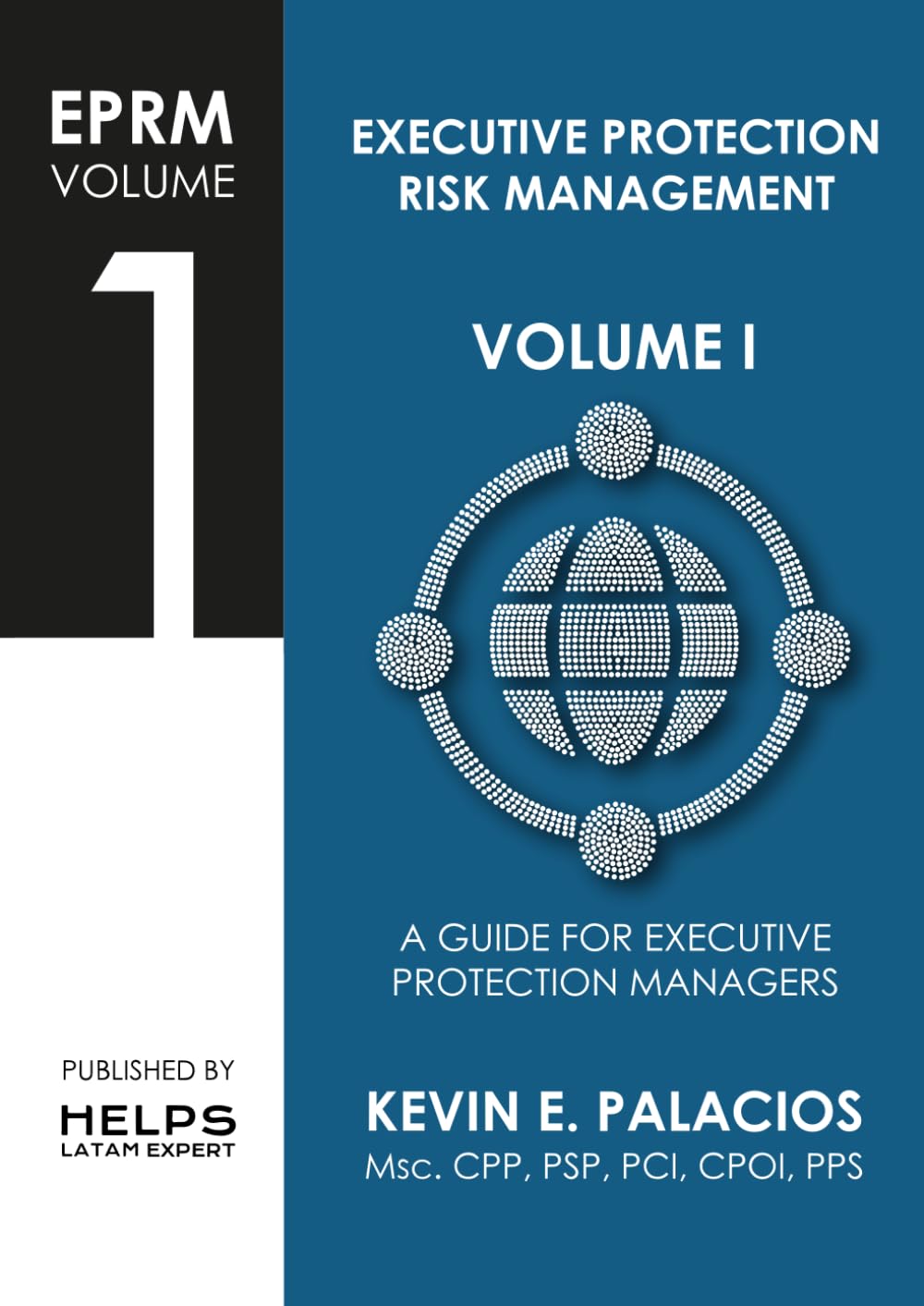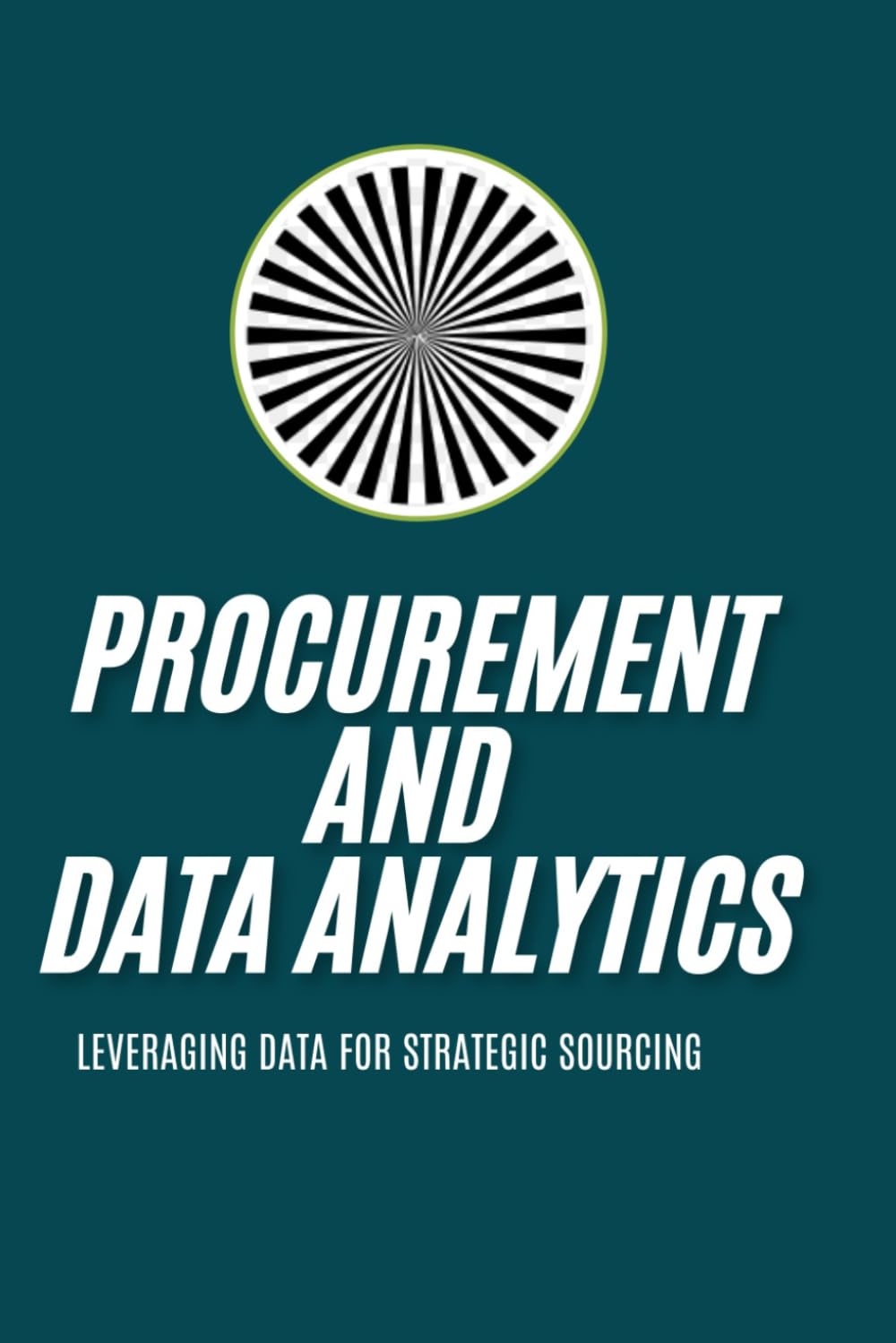Cloud computing has revolutionized the way organizations store, manage, and access their data and applications. Cisco, a global leader in networking technology, has developed a strategic approach to cloud computing that focuses on providing secure, scalable, and reliable solutions for businesses of all sizes.
One of Cisco’s key strategies in cloud computing is their focus on security. With the increasing number of cyber threats and data breaches, organizations are placing a higher importance on securing their data in the cloud. Cisco offers a range of security solutions, such as firewalls, intrusion prevention systems, and encryption technologies, to help protect data in the cloud.
Another important aspect of Cisco’s cloud computing strategy is scalability. As businesses grow and their needs change, they require a cloud solution that can easily adapt to their evolving requirements. Cisco’s cloud solutions are designed to be scalable, allowing organizations to easily increase or decrease their cloud resources as needed.
In addition to security and scalability, Cisco’s cloud computing strategy also emphasizes reliability. Organizations need to be able to access their data and applications at any time, from any location. Cisco’s cloud solutions are built on a network infrastructure that is highly reliable, ensuring that businesses can access their data and applications whenever they need them.
Overall, Cisco’s strategic approach to cloud computing is focused on providing organizations with secure, scalable, and reliable solutions that meet their evolving business needs. By leveraging Cisco’s cloud solutions, businesses can access the benefits of cloud computing while ensuring that their data and applications are protected, scalable, and always accessible.











